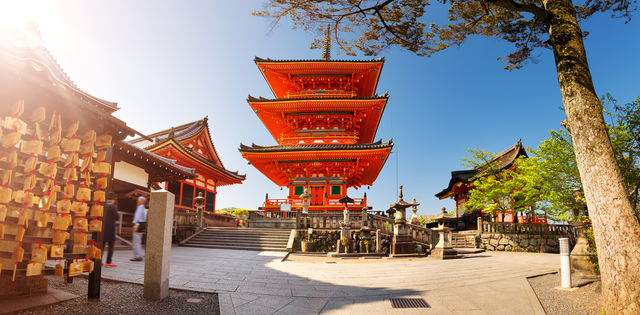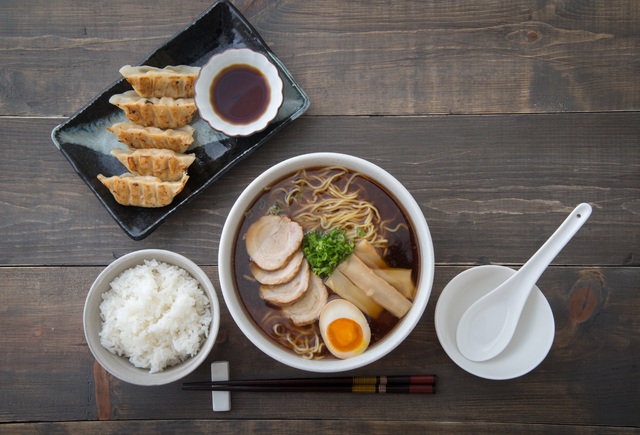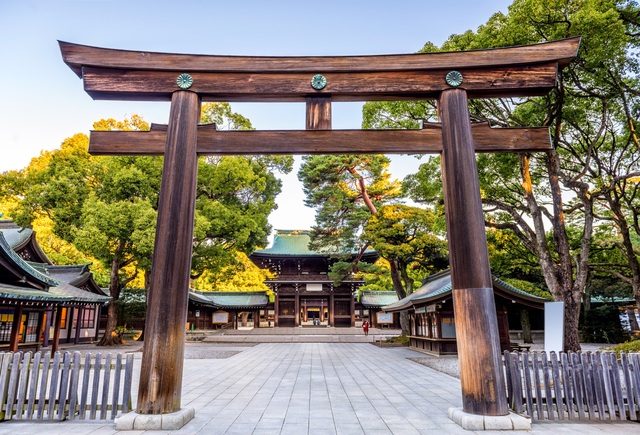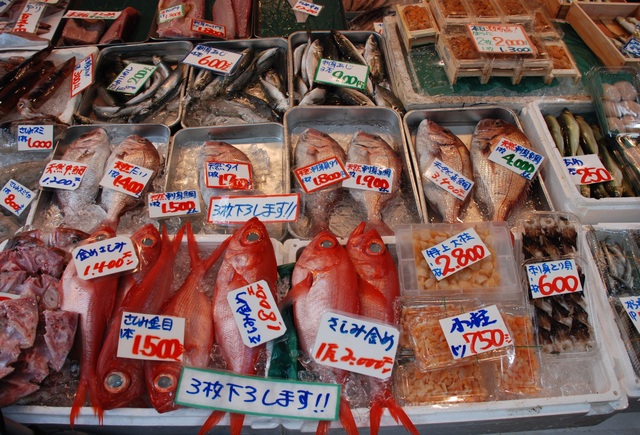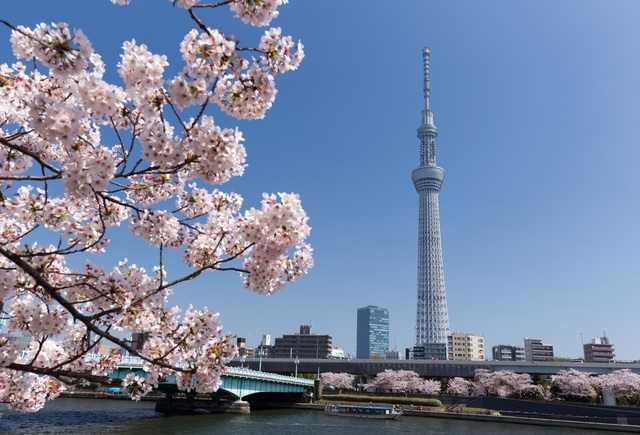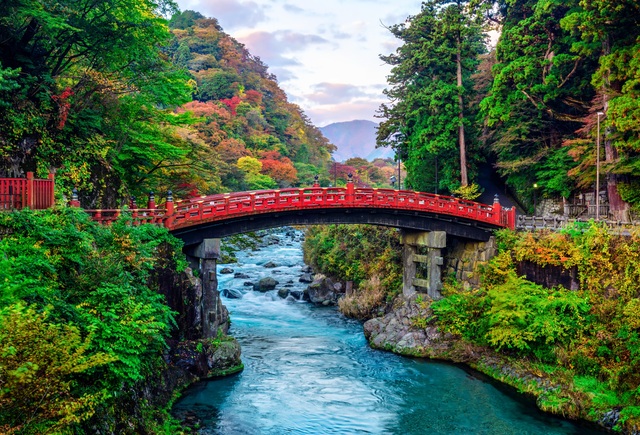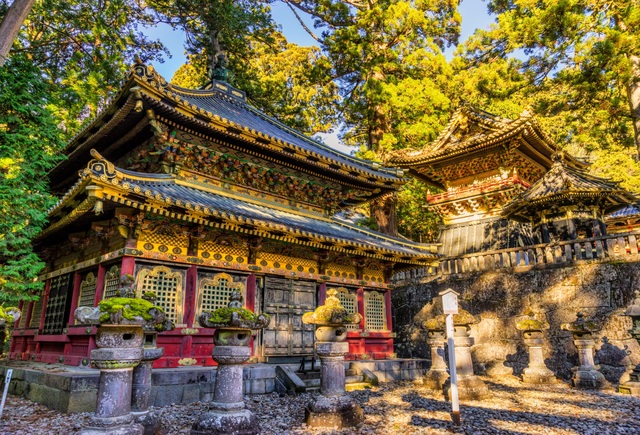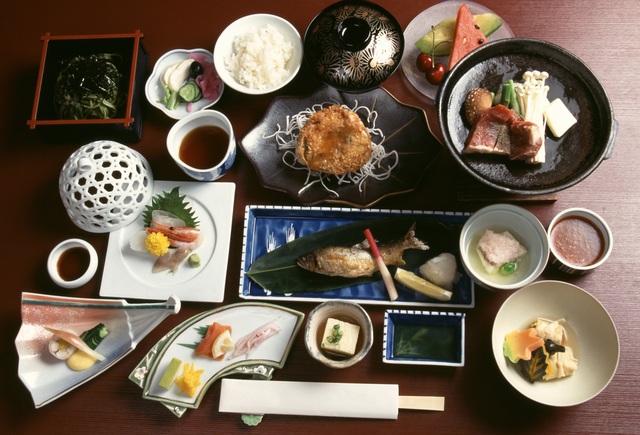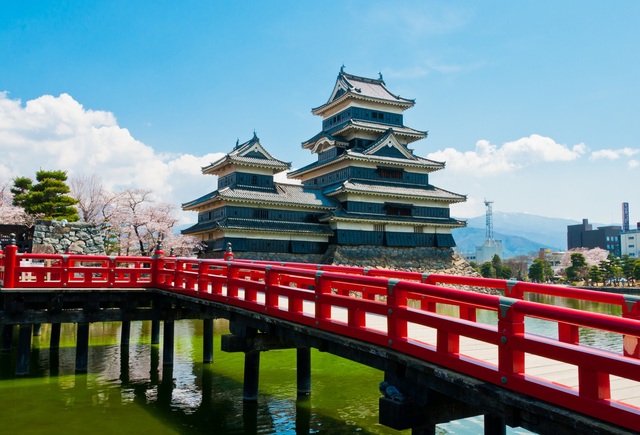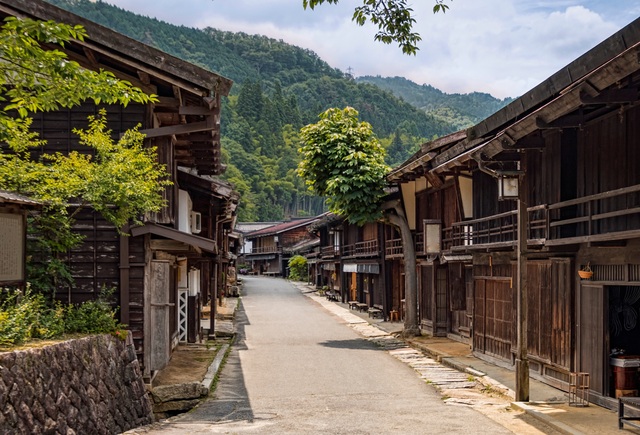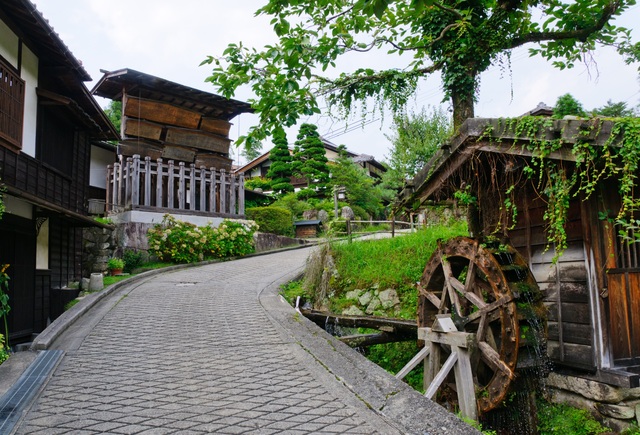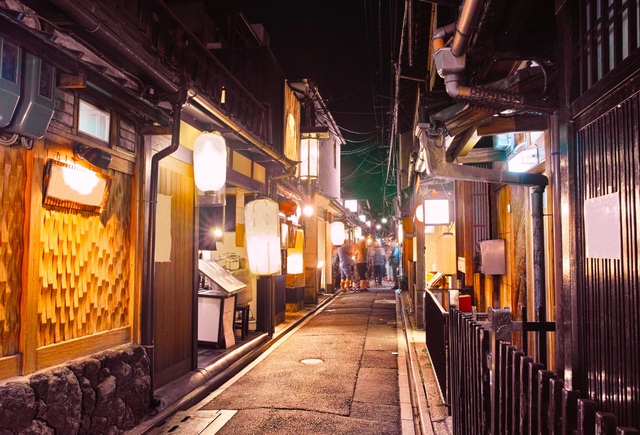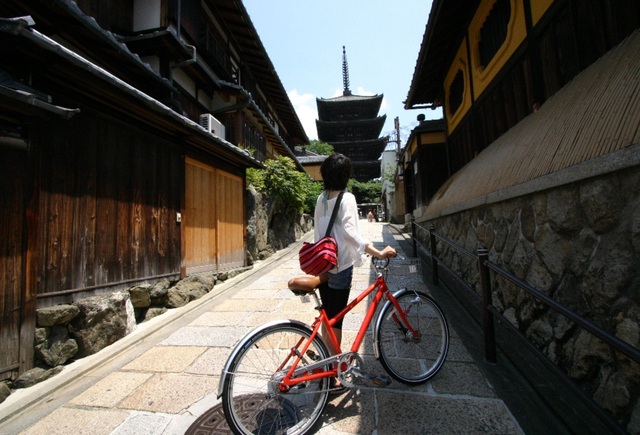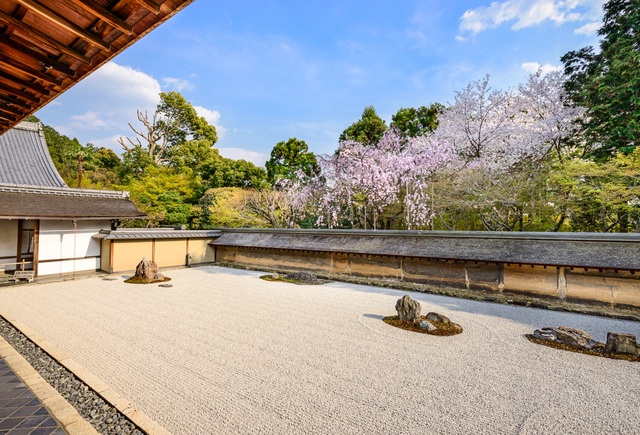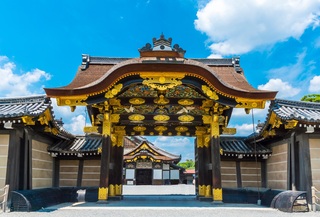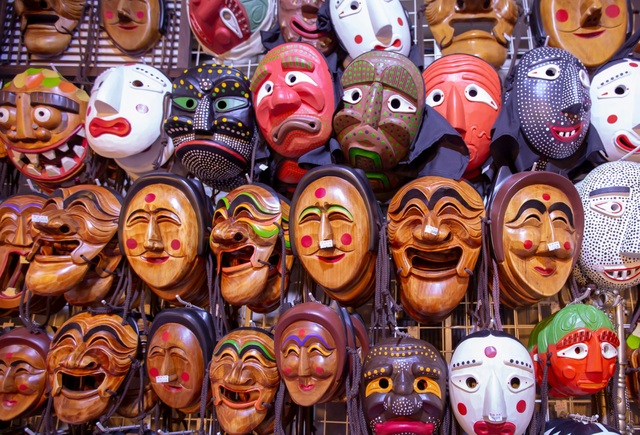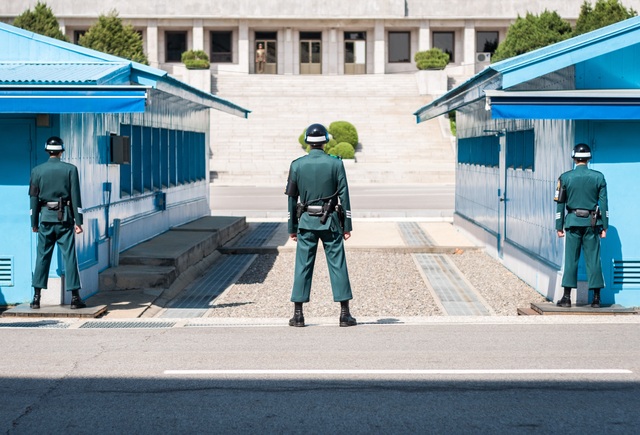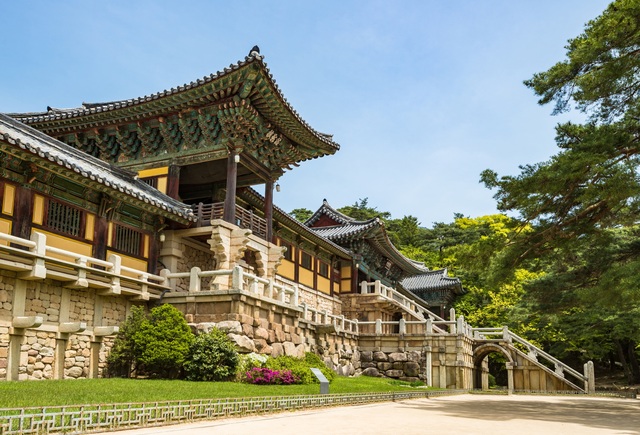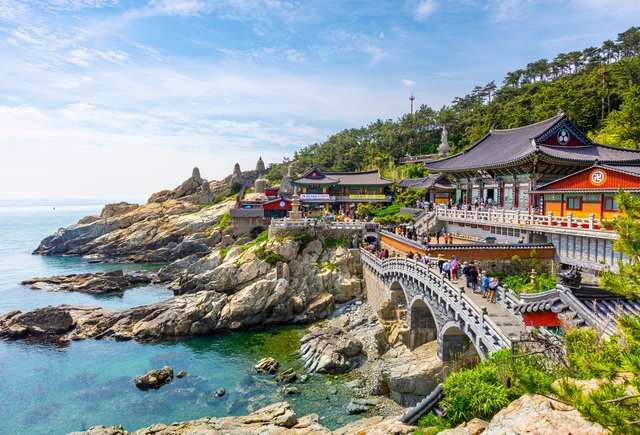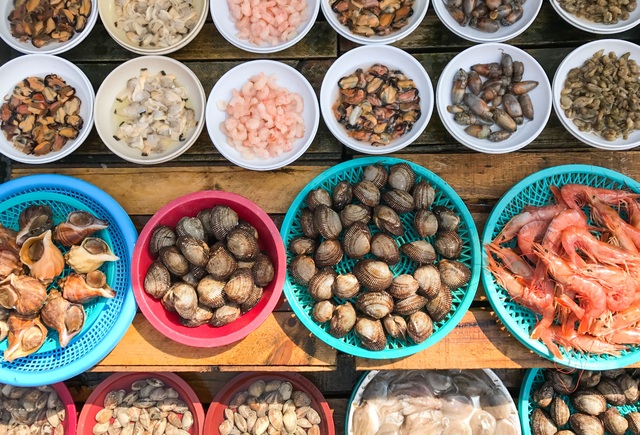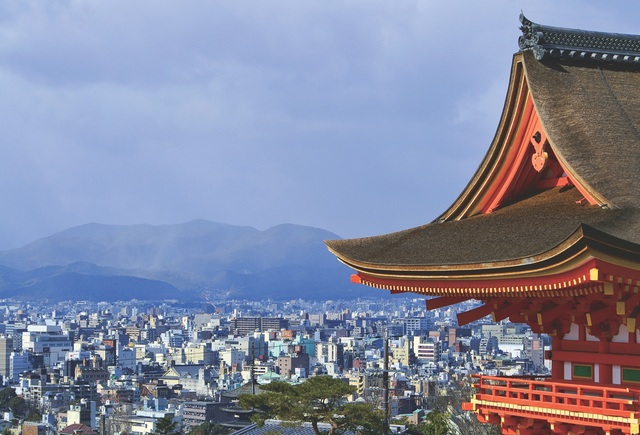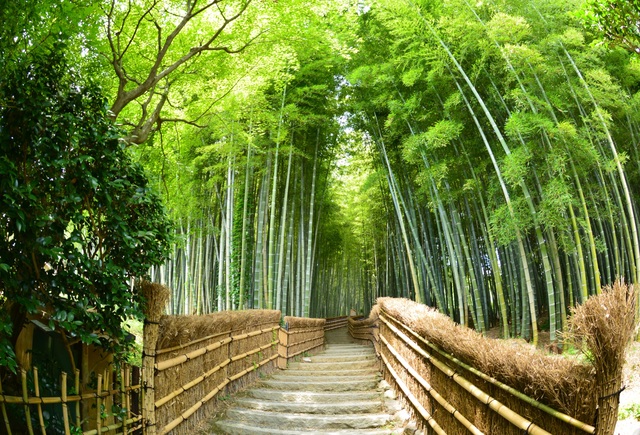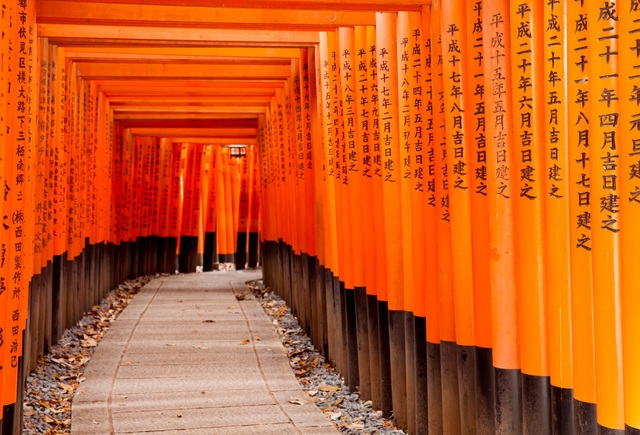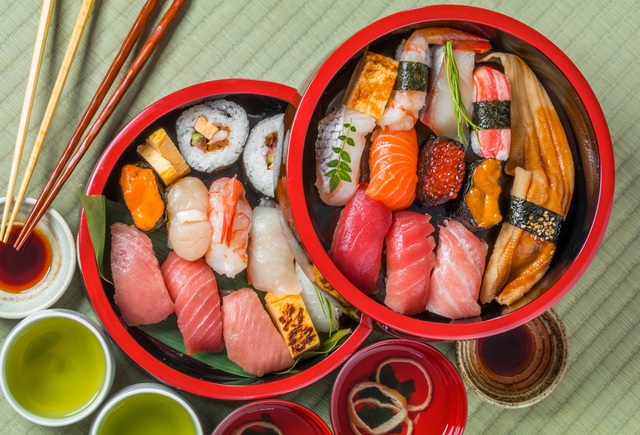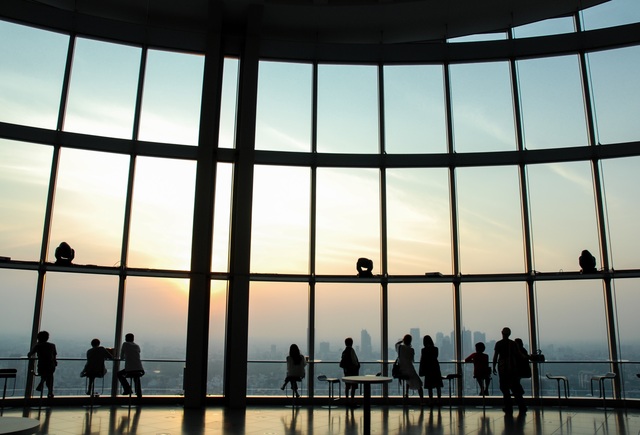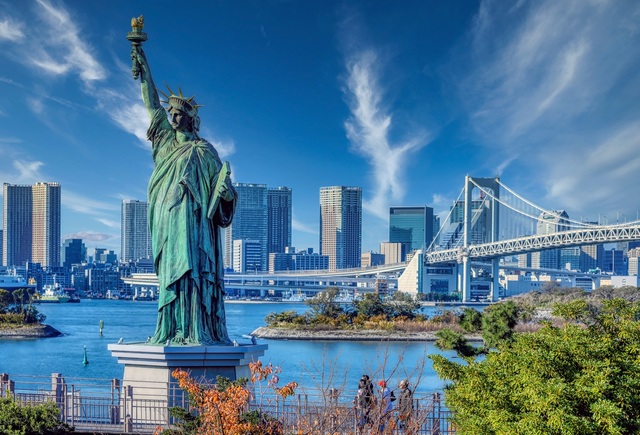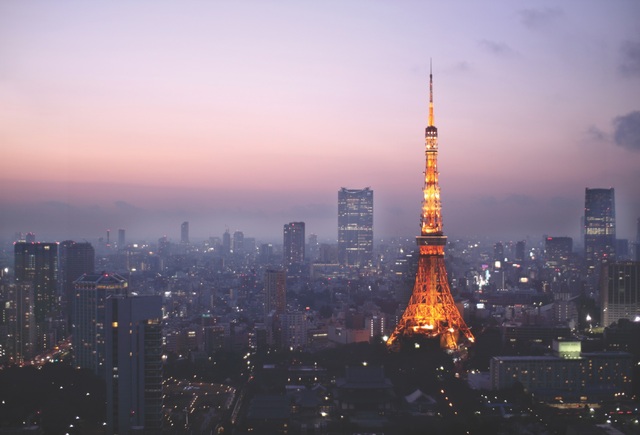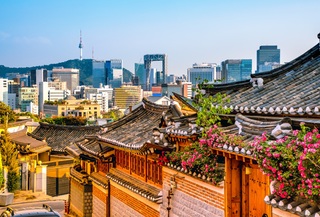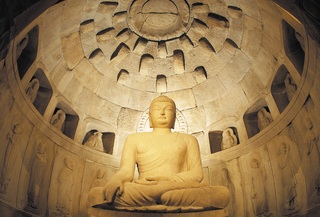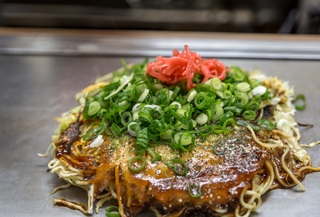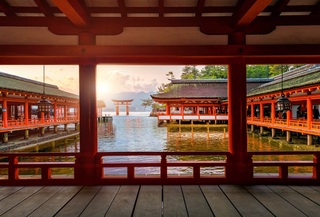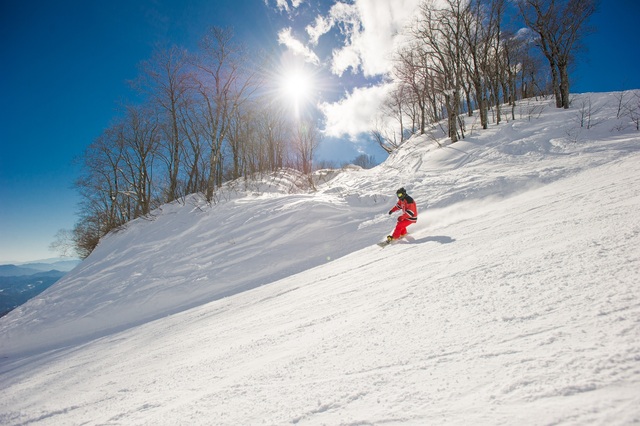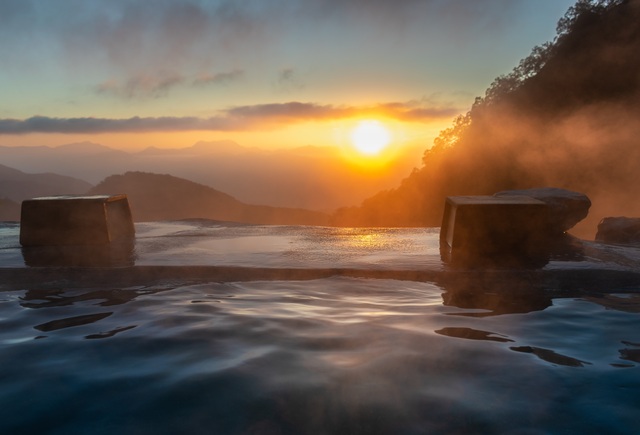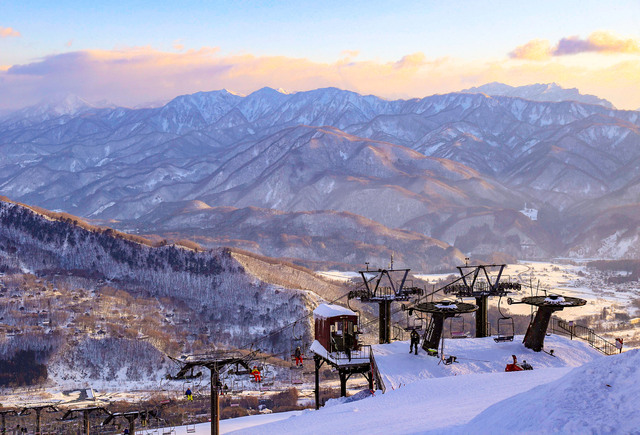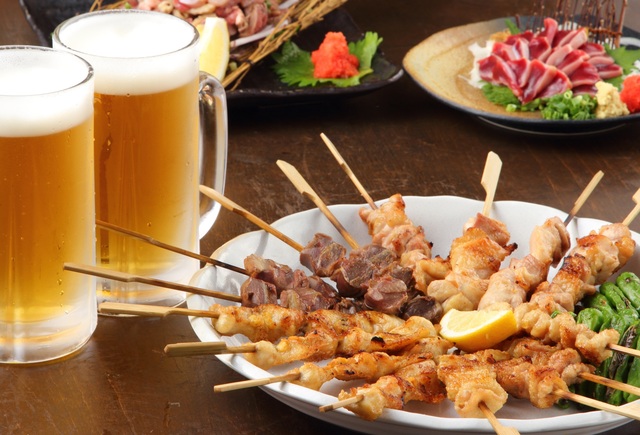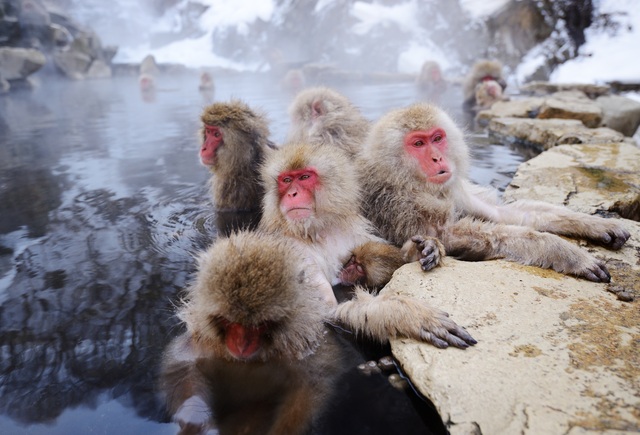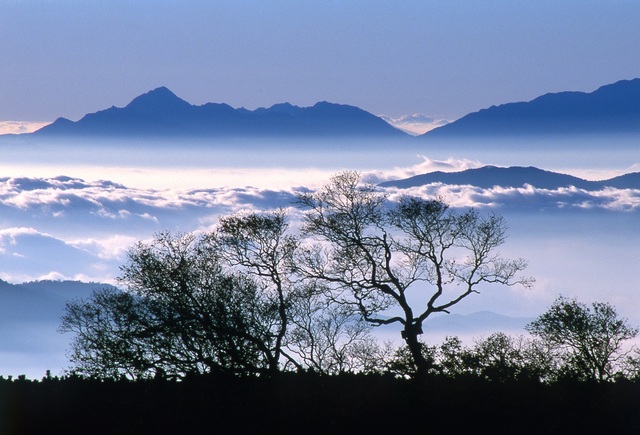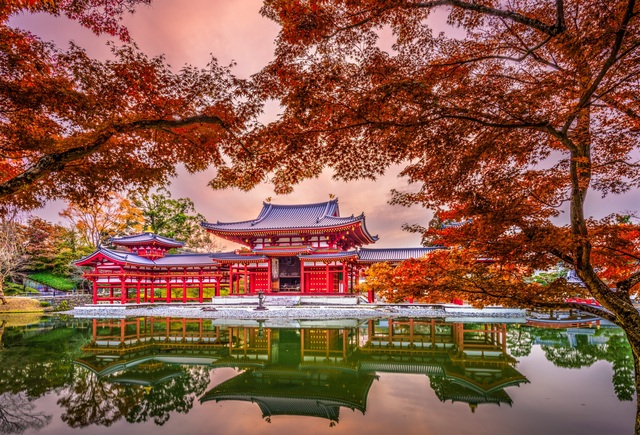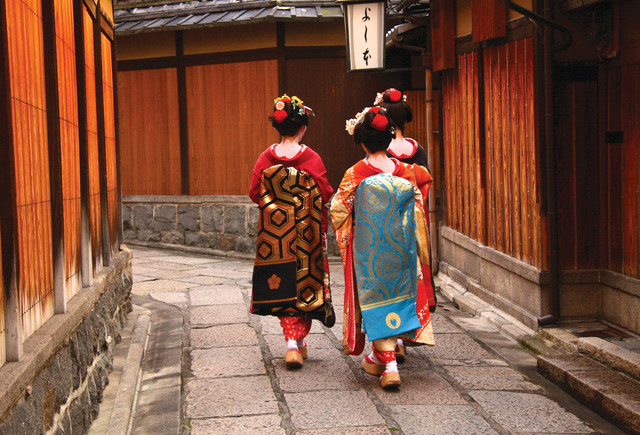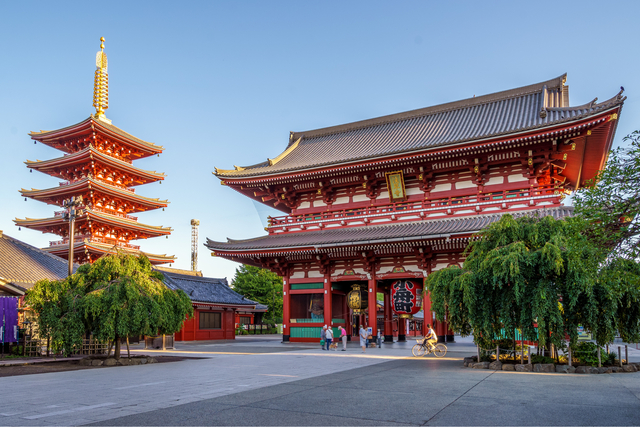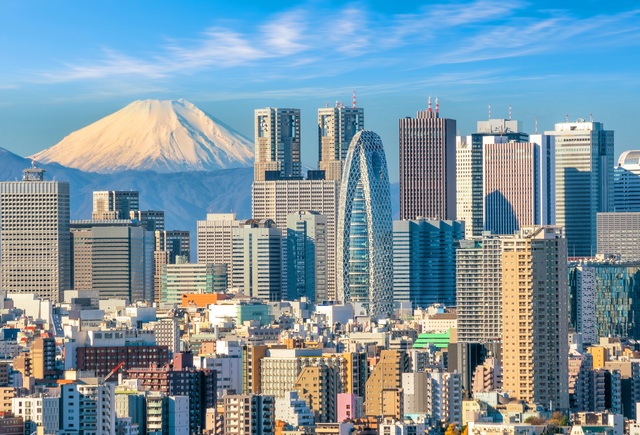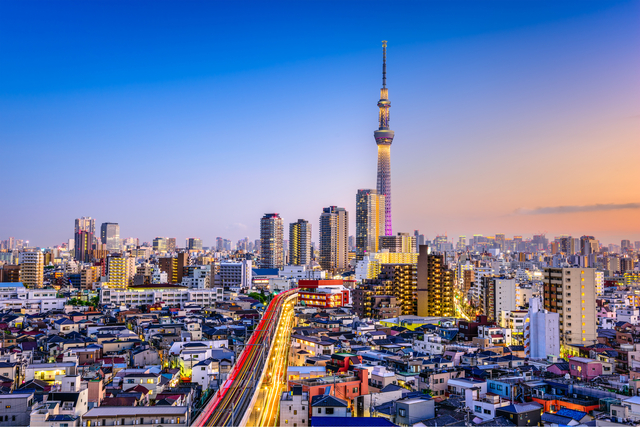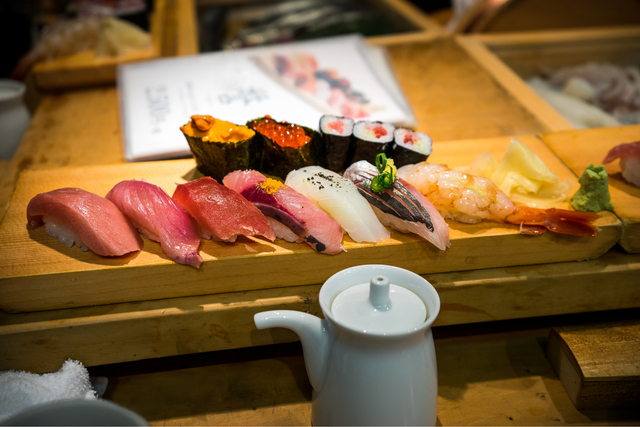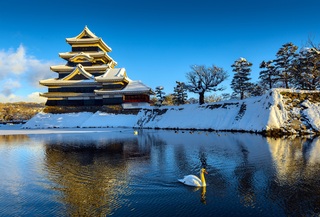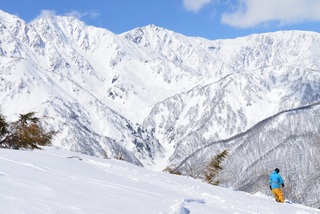Samurai Adventure

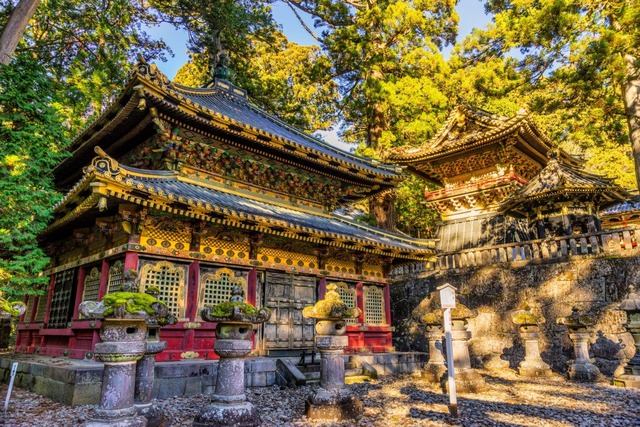
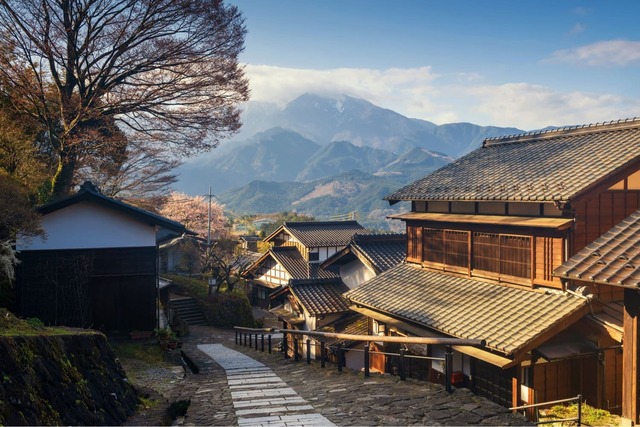

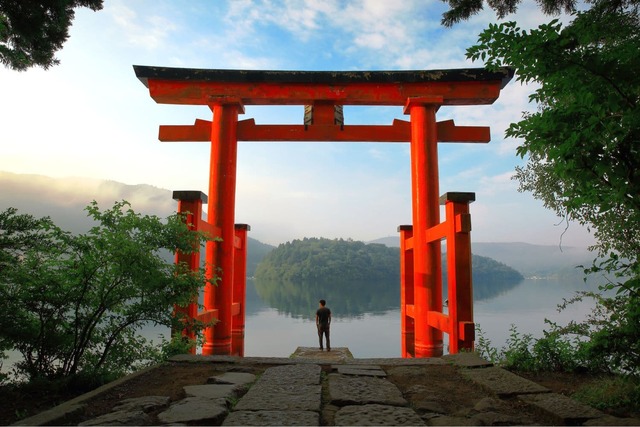
- Adventure
- Culture
- History
- Family
Overview
Samurai Japan - a 500-year journey into Japan's feudal history.
Begin in Tokyo, where towering skyscrapers meet centuries-old temples and artisan swordsmiths still carry on their craft. Head north to the sacred shrines of Nikko and into the mountains of Aizu-Wakamatsu, a region fiercely proud of its samurai heritage. From there, continue south to the hot spring valleys of Hakone and the views of Mt. Fuji, followed by a walk along the Nakasendo Trail, a centuries-old route once travelled by merchants and feudal lords.
History comes to life on the battlefields of Sekigahara and in the grand halls of Kyoto and Nara, where temples, castles, and old streets echo with the legacy of Japan’s imperial past. You’ll visit sword museums, train with archers, walk ancient stone paths, and unwind in traditional ryokan inns. The journey ends in Osaka, where Japan’s warrior spirit meets modern vibrancy — a perfect finale to an amusing adventure.
Suggested itinerary
You'll depart from Europe to Tokyo with an overnight flight, so try and get ready and well-rested for your great Japanese adventure.
You'll arrive in Tokyo and transfer to your centrally located hotel by shared taxi or airport limousine bus. On this arrival day, head out to the bustling area Shinjuku and visit the Tokyo Metropolitan Government Building for some interesting exhibitions about Tokyo and enjoy the awesome city view from the top floor. On clear days, you will have a distant but clear view on Mt. Fuji.
On your first full day in Tokyo, begin with a visit to the Asakusa district and the iconic Senso-ji Temple, a vibrant area that captures the city’s traditional spirit. From there, cross the Sumida River to Ryogoku, one of Tokyo’s most historic neighbourhoods and the heart of sumo culture. Tucked within the peaceful Kyu Yasuda Garden, the small but impressive Japanese Sword Museum offers a remarkable collection of finely crafted samurai swords. For lunch, stop by Edo Noren near Ryogoku Station to try chanko nabe — a hearty hotpot once favoured by sumo wrestlers.
At the end of the day, continue to Ginza, where you can enjoy some shopping at one of the famous department stores or find a pleasant restaurant for a kaiseki (Japanese haute cuisine) dinner.
Today, head off on an adventure out of the city to Nikko, home to the UNESCO World Heritage-listed, lavishly decorated Toshogu Shrine, a mausoleum for shogun Tokugawa Ieyasu, the great military leader (and country unifier) of the early 17th century.
You will also find Futarasan Shrine in the same park, dedicated to Nikko's sacred mountains, and Rinnoji, Nikko's most prominent Buddhist temple.
You’ll spend the night in Nikko, allowing more time to explore this peaceful setting and experience the calm of the surrounding nature after the day-trippers have gone.
Today, depart from Nikko and travel by train to Aizu-Wakamatsu, a historic town nestled in the mountains of Fukushima Prefecture and known for its enduring samurai spirit. As one of the final strongholds during the Meiji Restoration, Aizu remains deeply proud of its warrior heritage.
Here, you can visit a former samurai training school where traditional disciplines such as archery, swordsmanship, and poetry are still taught — offering a rare glimpse into the values and skills once essential to the samurai way of life. To fully appreciate the rich history of the area, we recommend arranging a private guide for the day.
Today is dedicated to exploring more of Fukushima’s samurai legacy with a visit to Iimoriyama Hill, a quiet hillside site overlooking Aizu Wakamatsu. This is the final resting place of the Byakkotai — a group of 20 young warriors who took their own lives during the Boshin War, in loyalty to the Shogun. The walk up offers both a reflective atmosphere and views across the city, with a nearby temple adding to the contemplative mood.
Afterwards, you might explore more of Aizu’s character through its local flavours — try the region’s distinctive ramen, visit a traditional sake brewery, or step inside a well-preserved samurai residence to see how the warrior class once lived.
Today, leave Fukushima and take the train back to Tokyo, where you can pause for lunch inside Tokyo Station before transferring to the train bound for Hakone. This marks the start of your journey south, into the natural beauty and hot spring culture of Hakone National Park, with views of Mt. Fuji on clear days.
For ease and flexibility, consider using the Hakone Free Pass, which includes transport from Tokyo and offers unlimited travel on local buses, cable cars, trains, and even sightseeing boats. Ride the mountain railway through wooded valleys, glide across Lake Ashi by boat, and take in the dramatic volcanic landscapes that define the region.
If time allows, stop at the Chokoku no Mori open-air museum, home to striking sculptures set against a mountain backdrop. Tonight, you’ll stay in a traditional Japanese inn (ryokan), where we recommend checking in by late afternoon to enjoy a soak in the onsen before dinner is served.
From Odawara station (40 minutes by bus from Hakone), today, you will have your first ride on the shinkansen (bullet train). You will travel to Nagoya via the shinkansen, and transfer trains before arriving at Kiso Valley, home to the famous Nakasendo trail. The Nakasendo used to be a trade route between Tokyo and Kyoto, and it dates back to the Edo period (from 1600 to 1868).
Explore Tsumago, which functioned as a post town on the Nakasendo route, one of the best-preserved post towns in Japan. The town atmosphere is at its best around 5:00 pm. when the sun sets, and traditional paper lanterns light up the streets and houses.
Take the whole day to walk the Nakasendo trail and make sure to cover at least the part between Tsumago and Magome towns, which is seven kilometres long.
The trail leads through the forest and countryside, and on it, you will discover historical remains of post-signs and post houses. After arriving in Magome, make sure to spend some time in this delightful town. If you have more time left, take the express train to one of the other historic villages in the Kiso valley, like Kiso-Fukushima or Narai.
Today, travel to one of the most significant sites in samurai history — the battlefield at Sekigahara. It was here, in 1600, that a decisive clash between rival factions paved the way for the rise of the Tokugawa Shogunate and over two centuries of peace under their rule.
Take the train to Gifu City and continue on to the Sekigahara Battlefield Visitor Centre, where you can explore detailed exhibits and learn how this pivotal moment shaped the future of Japan.
In the evening, if you're travelling during the summer months, head to the nearby river to witness a traditional display of cormorant fishing — an age-old practice where skilled fishermen use trained birds to catch river fish under the soft glow of firelit boats.
Today, you will leave Gifu and continue your journey by train to Kyoto. Kyoto was the capital of Japan from 794 to 1868. It has over 1600 temples and 400 Shinto shrines, numerous traditional geisha districts (such as Gion), and fascinating museums and historic neighbourhoods.
A must not miss is Kinkaku-ji, the gorgeous Golden Pavilion, which you could visit in combination with the nearby Zen-style Ryoan-ji temple and its rock garden.
Then visit Nijo-jo, the ancient samurai castle with giant moats, scenic paths and incredible interior. The castle also has its own burglar alarm - the so-called wooden nightingale floor, which "chirps" no matter how quiet you sneak upon it.
Start your second full day in Kyoto by visiting Ginkaku-ji (Silver Pavilion), home to one of Japan's most fascinating landscape gardens. This is also the starting point of the Philosopher's Path, a trail along a small stream leading to Nanzen-ji temple. On this path, you will experience the essence of Kyoto and its beauty, history, ancient culture, traditions, and neighbourhood tranquillity.
Continuing further south, you will reach Kiyomizu-dera, a temple built against a hillside, partly constructed on wooden poles. The hilly streets leading up to the temple - Ninenzaka and Sannenzaka - are lined with snack stores and gift shops. Once you reach the temple, you'll witness breathtaking panoramic views of Kyoto.
Finally, further to the south, you'll find the Fushimi-Inari Shrine which you will instantly recognize due to its countless number of red torii gates all lined up one by one to create never-ending long red tunnels. In case time allows we also recommend a sword making experience where accompanied by a swordsmith you´ll forge your own blade.
On this final full day in Kyoto, dive deep into the history of Japan and take a local train to the city of Nara, which is just 45 minutes from Kyoto. Nara was the original capital of Japan (before Kyoto) and has many impressive historical sights to offer, all of which can be explored easily on foot.
Highlights include the Kasuga Taisha, a marvellous shrine located in the forest, famous for its countless lanterns, and the magnificent UNESCO listed Todai-ji. Take a walk through the extensive and hilly Nara Park and feed the friendly and sacred deer.
Today, leave Kyoto and head southwest by bullet train to Himeji, home to Japan’s most celebrated feudal-era castle. Himeji Castle, a UNESCO World Heritage Site, is renowned for its elegant white exterior and remarkably preserved defensive architecture — often considered the finest surviving example of a Japanese castle.
After exploring the castle grounds, continue your journey to Bizen, a region with deep roots in samurai tradition. Here, you can visit the Bizen Sword Museum, which showcases the craftsmanship behind one of Japan’s oldest sword-making traditions.
Nearby, the Bizen pottery district offers a chance to see another centuries-old craft still practised today. Spend the night in the Bizen or Okayama area to enjoy a quieter side of Japan, shaped by artistry and warrior heritage.
Return to Osaka for the final stop on your journey. Take time to visit Osaka Castle, one of Japan’s most iconic landmarks, set within a spacious park that blends stone walls, moats, and seasonal greenery. It’s a fitting end to your exploration of Japan’s samurai heritage.
Spend your last evening in the city at your own pace, whether strolling through a local neighbourhood or enjoying a relaxed dinner before your journey home.
This is the end of our Japan adventure. You'll head to Osaka Kansai airport to catch your return flight. We hope this exploration through Japan has been an inspiring one and a trip you'll never forget.
Accommodation
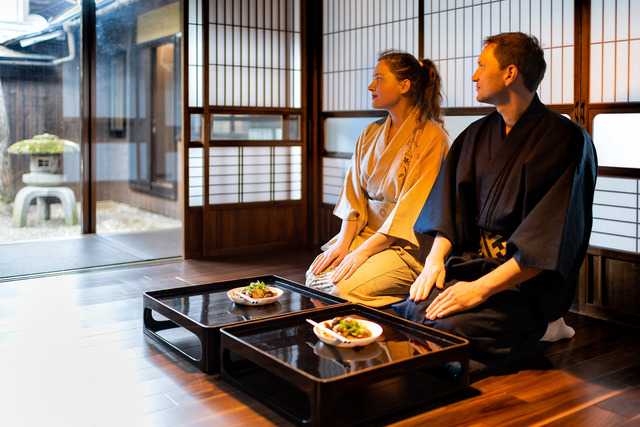 + 5 Photos
+ 5 Photos
A ryokan is a traditional Japanese inn that offers a unique cultural experience. Guests sleep on tatami mats, enjoy traditional meals and may have hot springs & gardens.
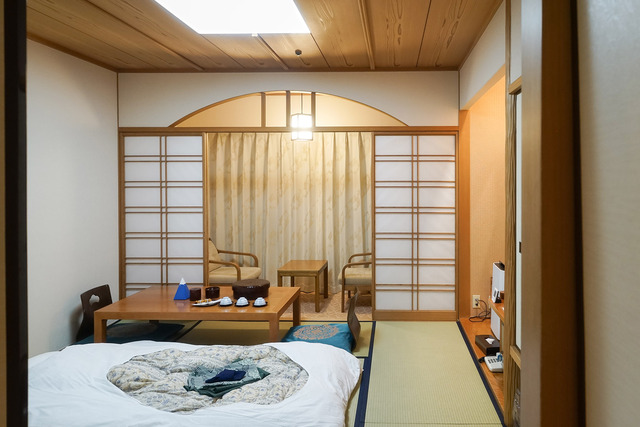 + 2 Photos
+ 2 Photos
Minshukus are traditional Japanese guesthouses, where guests can experience a homestay, enjoy home-cooked meals and immerse in the Japanese culture.
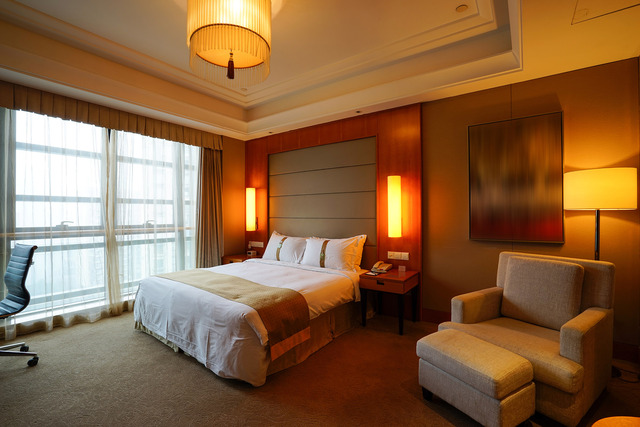 + 5 Photos
+ 5 Photos
Western-style hotels in Japan offer comfort and convenience with amenities like room service and fitness centres. Many are located in major cities and near popular destinations.
Important information
Important information
- Travel insurance is optional. Let us know if you’d like help adding it to your trip.
- The itinerary shown is an example. We’ll tailor the tour to fit your interests and travel style.
- Once you get in touch, we’ll fine-tune the details together to make sure the trip suits you perfectly.
- This tour includes a visit to Fukushima Prefecture. Rest assured, areas outside the exclusion zone are safe and free from radiation concerns.
What is included
- International return flight tickets
- Checked luggage
- Airport transfers
- 9 nights in western style accommodations
- 3 nights in Japanese-style Ryokan with onsen
- 2 nights in Japanese-style minshuku
- Breakfast and dinner (selected locations)
- Transport tickets between destinations
What is not included
- Local transport (buses, metro, taxis)
- Local city tax which needs to be paid on the spot
- Optional excursions and sightseeing tours
- Travel insurance


